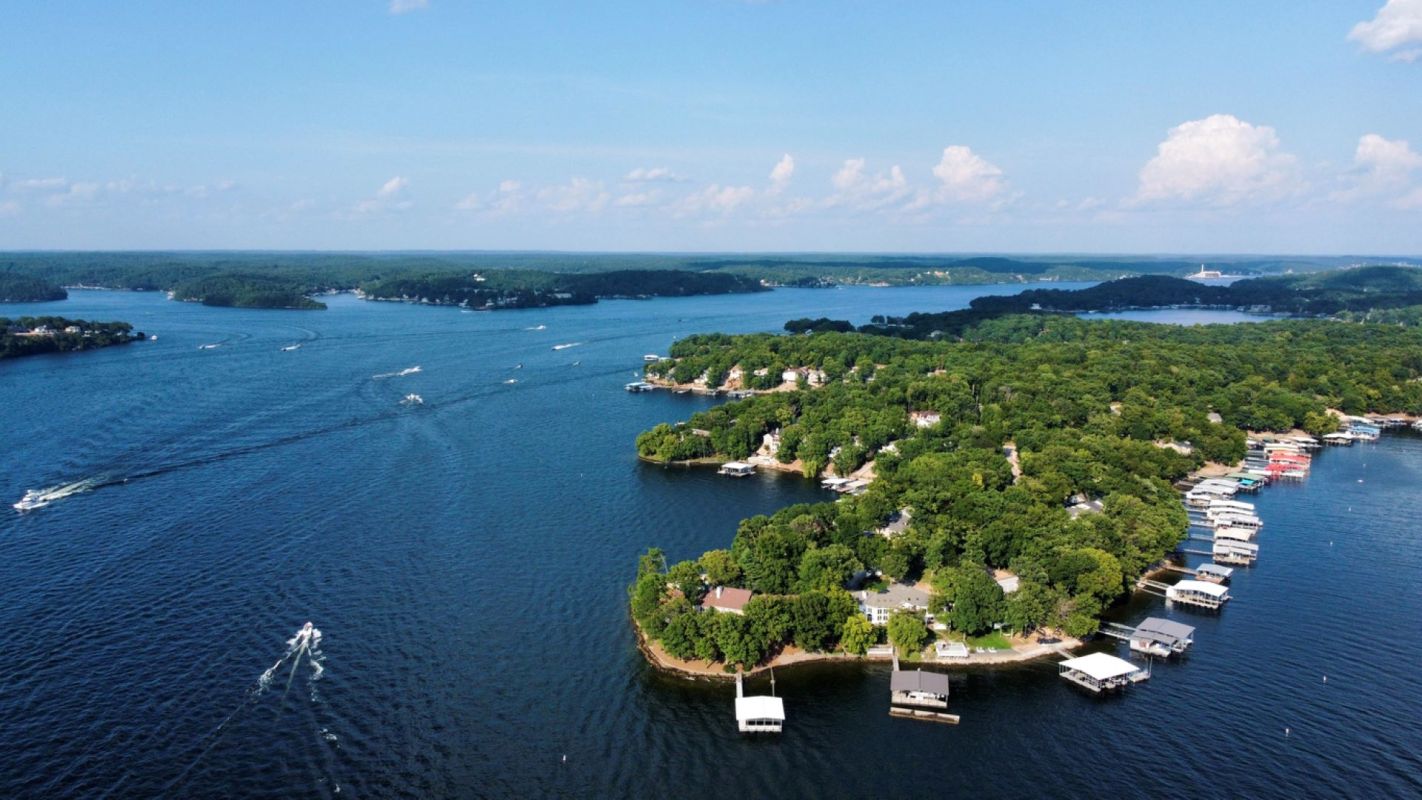The Lake of the Ozarks is one of the largest artificial lakes in the United States and a popular destination for boating, swimming, trout fishing, and other types of recreation. Unfortunately, it is also extremely polluted, with a variety of sources harming its waters and wildlife.
What is happening?
A comprehensive report from AZ Animals recently outlined the disturbing array of environmental challenges that the Lake of the Ozarks faces.
For one, the lake is surrounded by land that is used for agriculture, resulting in significant nutrient runoff from fertilizers, herbicides, and pesticides. These cause algal blooms and decreased dissolved oxygen levels, both of which harm aquatic life. The problem is exacerbated by erosion from agricultural practices, which carries the soil with the chemicals directly into the lake.
There is also erosion and pollution from developments around the lake, as well as contamination, bacteria, and nutrient runoff from old or improperly maintained septic systems around the lake.
Swimmers and boaters have encountered high levels of E. coli in the lake, which can come from septic systems or wildlife. There are negative effects from the humans who use the lake for recreational activities, particularly from boating, which can result in fuel or oil being discharged into the water.
Why is this concerning?
All of these problems are worsened by the effects of human-caused pollution, which is leading to more extreme weather events. Both storms and droughts have intensified in recent years, putting stress on the ecosystem.
The pollution effects the local wildlife that lives in and relies on the lake. As of 2021, the EPA was in the process of adding the Lake of the Ozarks to the Department of Natural Resources list of impaired waters, as the low dissolved oxygen levels have resulted in multiple fish kills.
And of course, the Lake of the Ozarks is not the only lake facing massive pollution problems — one recent study noted that many lakes have become "plastic litter sinks," with devastating effects on aquatic life.
What is being done about it?
As the AZ Animals article noted, there are multiple agencies working to help clean up the Lake of the Ozarks or to mitigate the damage that continues to be done from a variety of sources. These include the EPA, the Missouri state government, and the nonprofit Ozarks Water Watch. The latter group conducts regular water quality assessments and promotes best practices to contain erosion, manage nutrient runoff, and more.
Join our free newsletter for cool news and cool tips that make it easy to help yourself while helping the planet.
TCD Picks » Upway Spotlight
💡Upway makes it easy to find discounts of up to 60% on premium e-bike brands














